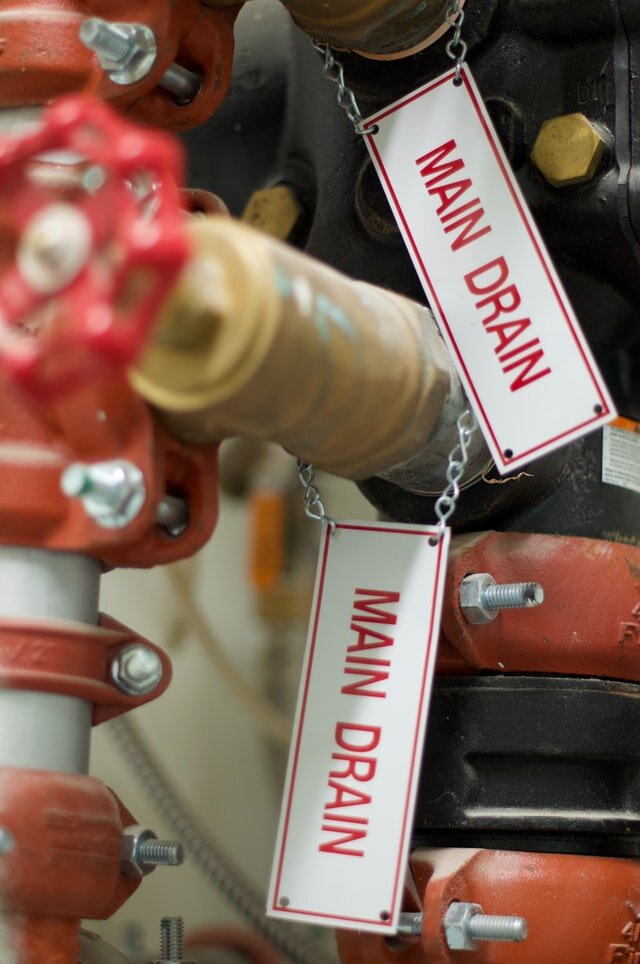Commercial pipeline systems require stability. With all the use that sewer pipes get over the years, it only makes sense to ensure that they don’t break apart. In fact, regular maintenance is mandatory if you want your properties to have running water. Otherwise, you might be facing high costs to restore the system once things go down.
Instead of worrying about future costs, consider the ways you might prevent them. For instance, certain approaches to pipe repairs can lead to a reinforced system. Cured-in-place pipe repair is a revolutionary approach to pipeline systems. Known as CIPP, this technique has slowly replaced traditional methods of pipe repair – and for good reason.
Employing these kinds of services will ensure that you stay on top of things. You can learn the shape or status of your pipes within a short time. Any minor issues can be dealt with on the spot. Major issues might require planning, but then the contractor can proceed accordingly. Dallas CIPP contractors know that there are 3 steps that help reach proper reinforcement. These steps are video inspections, liner insertions, and post-job inspections.
Step One: Video Inspections
Low-risk repairs should be a goal for any construction manager. With a video inspection, CIPP can discover what the problem is and where it originates.
You can also avoid collateral damage. Your pipeline systems will not experience heavy machinery digging or other landscape changes that might shake pipe sections loose. With CIPP, entry points will be hardly visible. In fact, you won’t be able to tell where the contractor did the work once the job is over. When it comes to finding the issue, existing pipelines can become structurally unsound if the contractor uses a disruptive entry point.
One thing is for certain—leakage is the last scenario you want when sewer, gas, and chemical pipelines are involved. Information via video inspection is far more ideal than ugly, disruptive trenches. With CIPP, the flexible camera can snake its way deep into a pipe. This ultimately means the problem can be dealt with faster because it’s no longer a guessing game.
Step Two: Resin and Liner Application
Once your contractor knows what the issue is, they can apply the needed fix. In the case of separated or cracked pipe sections, a liner application can do the trick.
For this process, a new liner is slipped inside the existing pipe. Resins are injected to bond the old and the new sections—strengthening the entire piping system in the process. This method is faster than standard attempts because there are ways to cure pipes in a short time. For example, CIPP methods include the use of hot water, UV light, or steam to move things along.
Dallas CIPP contractors are trained to expertly cure resin and form tight-fitting, joint-less, and corrosion-resistant replacement pipes. Liner application has been perfected over time. Your commercial property will be fitted for the future, saving you money. Resin bonding can last up to fifty years so you can avoid any pipeline system failures.
Step Three: Post-Work Inspection
With the problem patched up, you can proceed to the next step in reinforcement: post-work inspection. If you are a construction manager with commercial properties, partnering with CIPP in Dallas is your best bet.
Our team takes pride in their work, which means we double-check the status of your pipeline systems. No matter what type of repairs are needed, the finished product must be to your satisfaction. Post-job inspections will show a sewer line running at 100%.
Dallas CIPP Reinforcement for Pipeline Systems
Pipeline reinforcement prevents any major breakdowns from occurring. Our CIPP contractors can address any commercial, industrial, or municipal sewer system in the Dallas area. Even if your pipes are older, there’s a chance we can armor them up. Contact us today for an estimate.
